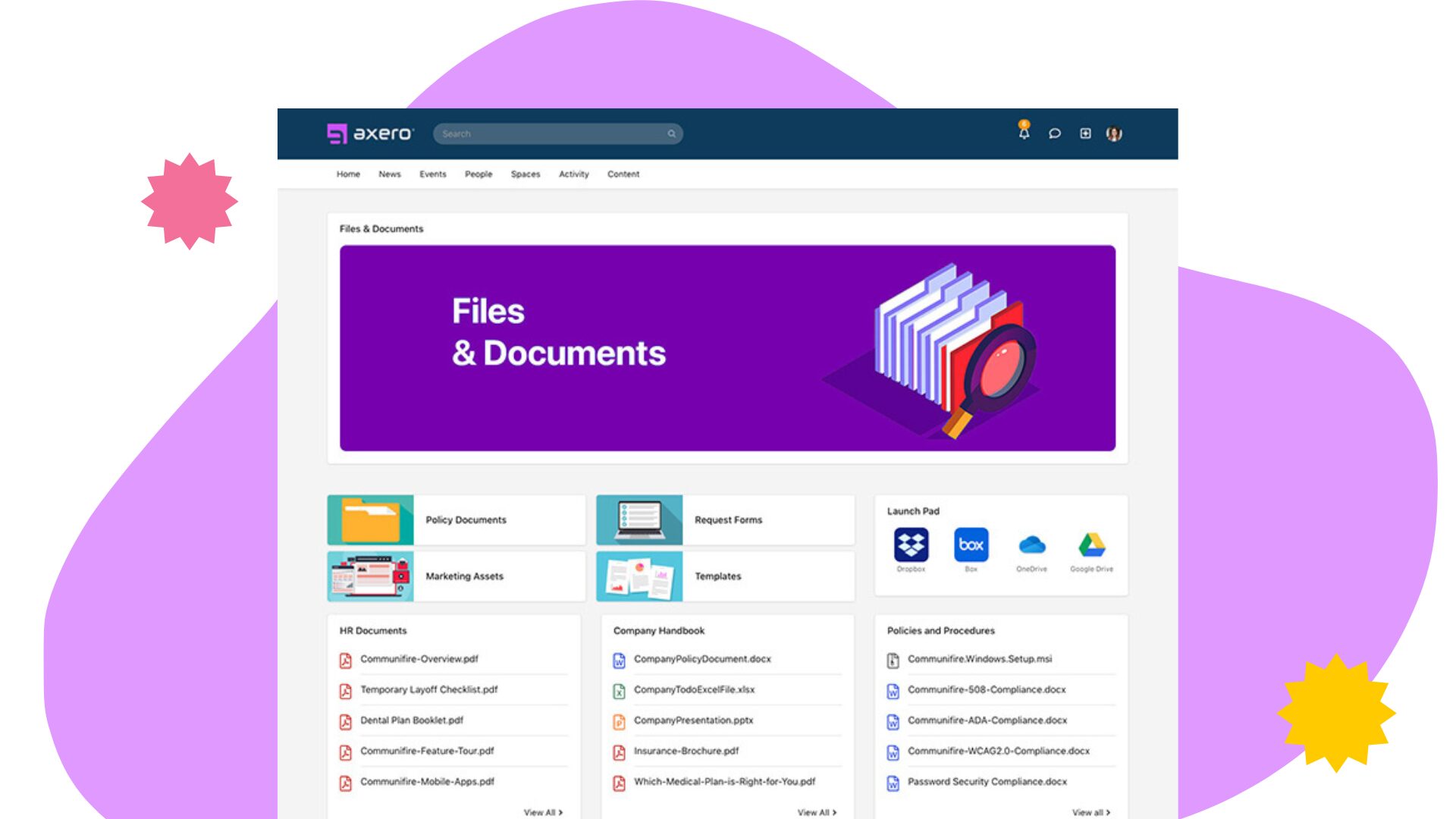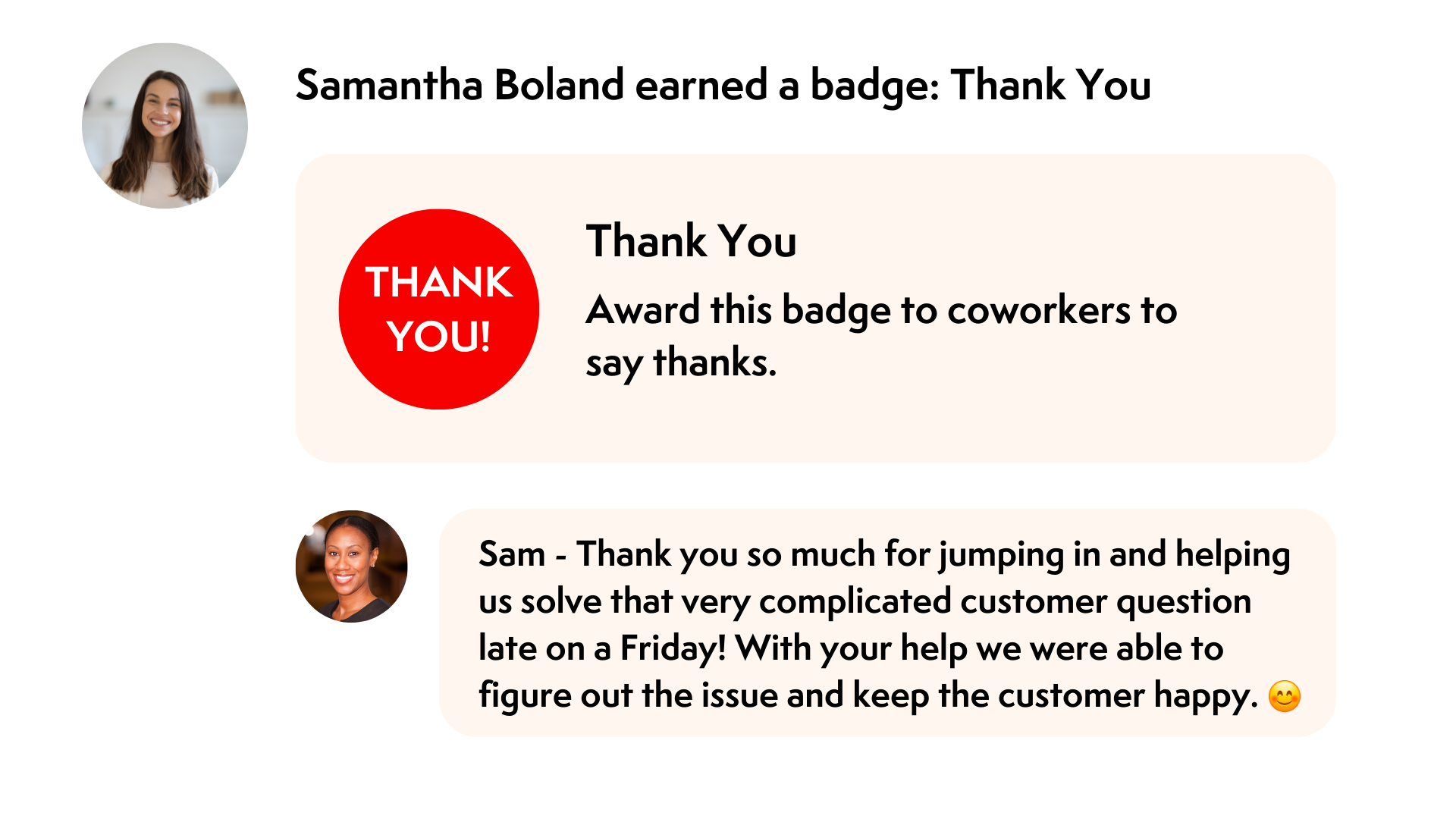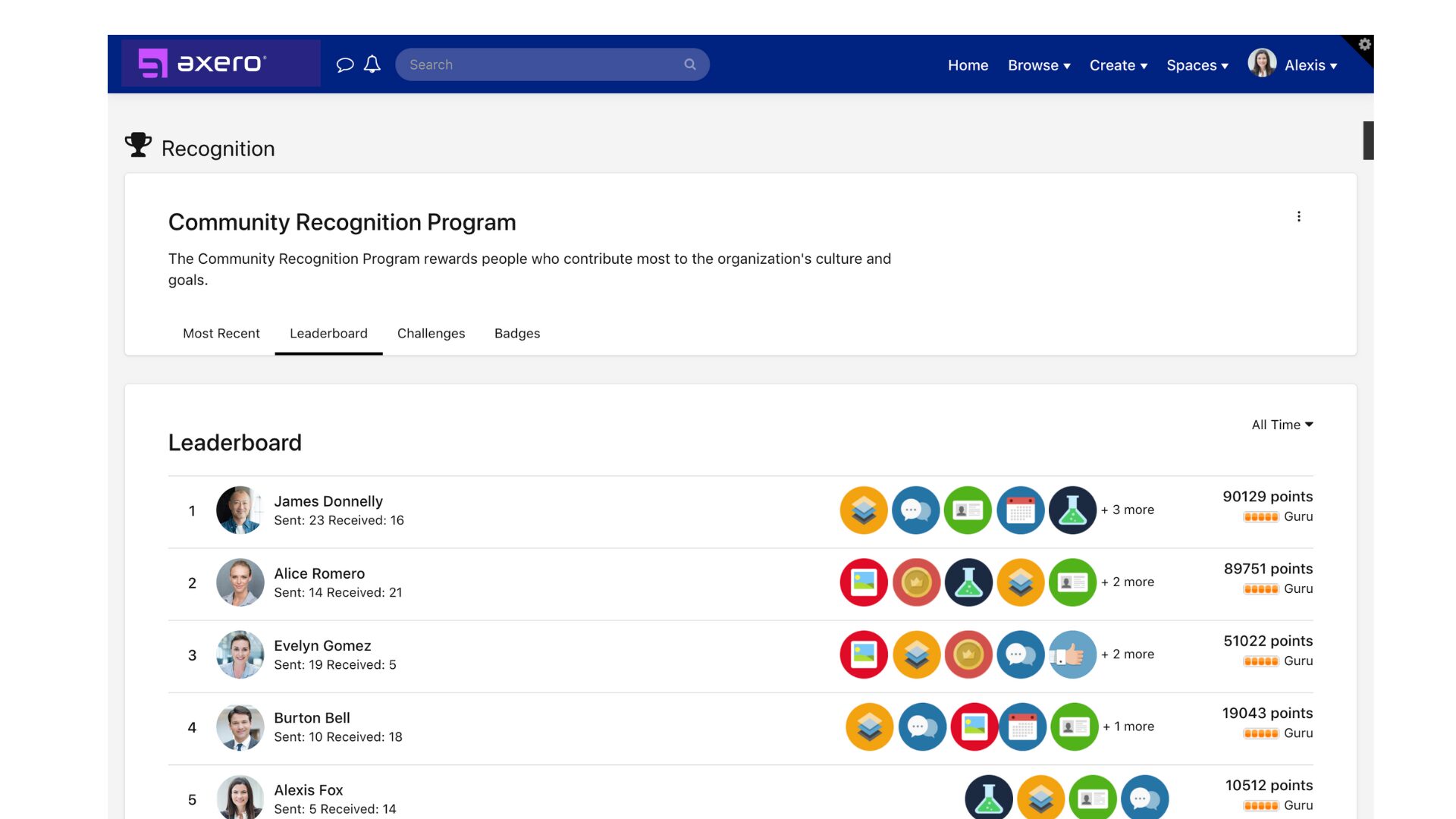What keeps your company intranet alive is content. Sure, you can have the snazziest intranet with the most advanced features (which you probably spent thousands, if not more, on procuring). But without content or resources that actually resonate with your users, the platform can quickly become a graveyard of outdated, irrelevant information that nobody logs in to read. If your intranet has valuable information, your intranet becomes valuable to your employees.
It’s self explanatory why the content in your intranet matters. What’s more challenging is figuring out how to make your intranet a place for productivity and connection. That’s why we are going to walk you through some of the best company intranet content ideas that will actually drive employee engagement and create a connected culture.
What is intranet content?
Intranet content is the materials, resources, and information shared on a company intranet, which is only accessible to employees or authorized personnel (think freelancers, contractors, volunteers, or board members).
Intranet content should provide the information that employees actually need, meaning it should inform, engage, and support employees rather than serve as a noticeboard for HR or management.
The key here is to engage employees, which isn’t revolutionary but often missed. Many organizations lose their way, or worse, miss the mark entirely. Platforms that lack engagement or have low active users likely do not focus on the employee who should be using it. The intranet content probably feels like one-way communication from HR or management with little to no room for interaction, participation, or genuine engagement.
Engaging intranet content serves the needs and interests of employees. Beyond company news and announcements, organizations should explore ways to create content that adds real value and invites participation.
One thing we often overlook when it comes to creating intranet content, or content of any kind really, is user-generated content (UGC)—content created by users, and in this case employees, themselves. UGC can be as simple as short status updates where employees share their opinions, ideas, or responses to prompts on the company intranet. At the same time, it can also be case studies, video testimonials, or peer-led tutorials where employees showcase projects, share success stories, or teach others based on their expertise.What we’re going to focus on today, though, is employee generated content that builds a community and connections. Intranets can be a place to move projects and internal communications forward, but it can also be a place where teams bond as people, not just as employees.
Here are some of the best and engaging user-generated intranet content ideas that you can try for your next post.
1. A day in life
If you’re on TikTok, you have undoubtedly stumbled across the Day in the Life (DITL) trend, where people share what they do in a day. There are many different ways to tackle this trend. For a glimpse into the life of a corporate girlie and everything she does, there is no better representative than Clouds (@cloudsjoo on socials).
@cloudsjoo corporate girly by day, content baddie by night 👩🏻💻📲✨ #9to5 #5to9afterthe9to5 #corporatelife #dayinmylife #corporatevlog #workingintech #corporategirly
Don’t think you are just limited to daily routines; there are lots of variations to try out. Some people share what they eat in a day, at work or home, or they might do an OOTD (Outfit of the Day, for those not in the know!)
Many of us don’t know what a day in the life of our colleagues actually looks like. Even if we see them regularly for project meetings, there is no guarantee that we truly know anything about one another. DITL videos are a great way to get a glimpse into how other people live their lives. Just make sure that your morning routine is a little more full of life and friendly than Patrick Bateman’s…
2. What’s cooking?
Do you consider yourselves foodies? Is there nothing more fun for you than exploring new culinary cultures or perfecting a certain recipe? Don’t keep it to yourself—share it with your colleagues!
Even just a quick picture of your lunch can work wonders for engagement. When everyone gets in the habit of posting a picture of their lunch and sharing what they like to eat, we all get to know one another a bit better. Why not make it into a sort of virtual potluck? Though everyone might be based in different places around the world, they can all contribute one dish to the table, and before you know it, you will have a delicious digital spread.
Maybe you could even do a cook-a-long. One employee makes a quick video detailing how they make one of their signature dishes and then challenges the rest of the team to follow along with the recipe, for good or bad.
3. Ask me anything!
The Ask Me Anything (AMA) format is a really good way to break down some of the barriers between colleagues, or even between ordinary workers and upper management. The format was popularized by the Ask Me Anything subreddit, where users can submit questions to strangers who nominate themselves to answer questions. This is also popular with celebrities; it has been used by actors to drum up interest in their new films, and even by politicians on their campaign trail.
If you are searching for a fun icebreaker to do before a Town Hall, why not have senior management do an AMA? Questions can be submitted and sorted ahead of time to keep things running smoothly, but it can form an opportune way for junior staff to connect with members of management they could potentially never encounter.
4. What’s on your desk?
Does everything have its place, or do you let things just fall naturally? Do you have pictures of your loved ones and some unique accessories to make your desk your home away from home, or is it just somewhere for you to get your head down and work?
Inviting employees to share a photo of their desk is a quick snapshot of everyone’s lives while also providing some great engagement. It can also be a way to make remote workers feel involved and connected. When everyone’s home setup is a little different, it can be great to see what everyone does differently.
5. Pet of the month
Who doesn’t want to log onto their company intranet and see cute pictures of puppies and kittens? Maybe you aren’t a cuddly creature kinda pet owner or have something a bit cooler like a snake? Either way, your colleagues will love to see them!
Make sure there is a channel for sharing pictures in the social areas of your company intranet so people can show off their creatures and critters. You could even make it an entry in the employee directory. When someone searches for a colleague’s profile, in addition to all the important details like email address and location, they could also find out if they have a pet and learn more about who everyone is outside of work.
Since pets are universally bonding, let the pets become part of the company too. Choose a new “Pet of the Month” and let the owner give a small interview talking about them. It could be just a few pictures and some questions, or it could be a short video similar to the Dodo social channels. Both options make for some great content for internal communications.
6. Hidden talents showcase
Everyone has a hidden talent. If you think you don’t have one, you just haven’t found it yet. You could be an amazing impressionist, or maybe you can sing a song in a language you actually can’t speak. Maybe you are just really good at spotting the difference between Coca-Cola and Pepsi.
Hidden talents are often not connected to the skills we showcase at work. Choosing to encourage employees to show off these hidden talents is a great way to build rapport among them. They could bring people together in weird and wonderful ways.
7. Shoutouts and thank-yous
Finally, use your intranet as a positive employee recognition platform. It doesn’t have to be anything too fancy, just a quick shoutout here and there, but recognizing others and the value they bring to the team can be great for driving company culture.
A quick thank you or recognition of someone’s hard work can make their day. Employee recognition can take many forms so it is important to thread it into everyday operational practices, but a quick shoutout for a job well done is a brilliant minimum threshold that everyone should try. All it takes is a few seconds to type out and then send to the employee intranet, whether it is going to just your team or the entire company.
Now it’s your turn!
Content isn’t just about volume—quality and relevance matter just as much. A corporate intranet can quickly become boring if only dry company updates are posted to it. This should be a vibrant place where everyone wants to come together and have fun. Looking at the intranet homepage shouldn’t be a chore; it should be a quiet and fun break or a great way to kick off the working day.
A stale intranet is a forgotten one. Modern intranet solutions need to give employees access to information and important data, but they should also encourage them to relax and have a little fun at work. Ultimately, your intranet site will always be what you as a company make of it.
A flexible and customizable platform like Axero can help you create a digital workplace that perfectly meets the needs of your company, whether you want an intranet solution that celebrates the unique traits and relationships of your workforce. Break down those barriers and get everyone involved; content production need not be a chore!




















